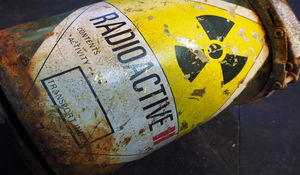Modeling Risk of Strategic Deterrence Failure

Author(s): Elder, R. (George Mason University)
Publication Preview
George Mason University (GMU) worked with Strategic Multilayer Assessment (SMA) Subject Matter Experts (SMEs) to model risk of strategic deterrence failure, identify potential indicators and factors the U.S. and its partners can influence, and explain this risk to members of Congress and other organizations in a position to influence strategies to protect against a catastrophic strategic deterrence failure. The model examines strategic deterrence risk using an adversary restraint-centric course of action (COA) selection approach that decomposes into two primary causes of deterrence failure: (1) Adversary perceived need to act (adversely to U.S. interests) and (2) adversary perceived advantage after executing the COA and experiencing a likely U.S. response. The strength of this approach is that by understanding the adversary’s perceived need to act due to a scenario, the U.S. and its partners can take steps to influence selection of a COA that meets the adversary’s need to act but does not undermine U.S. vital interests or national survival. Recognizing that the U.S. may have limited control of the scenario, the report further decomposes the risk factors to suggest Adversary COA selection Causal Factors that the U.S. can influence as a means to deter critically unacceptable actions from a U.S. perspective. It also describes an approach to identify indications and warnings of an impending situation that could lead an adversary to contemplate courses of action posing threats to U.S. vital interests or national survival.
Comments